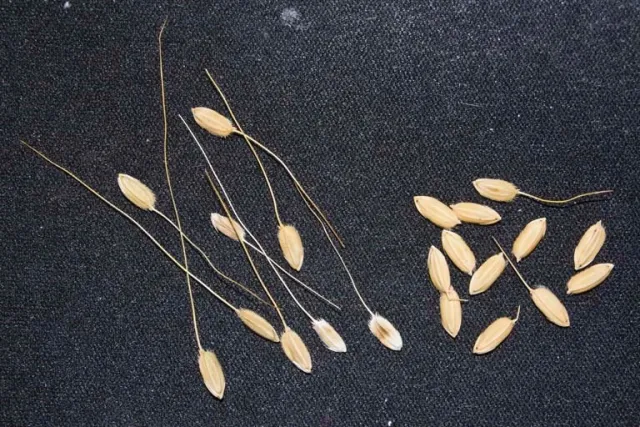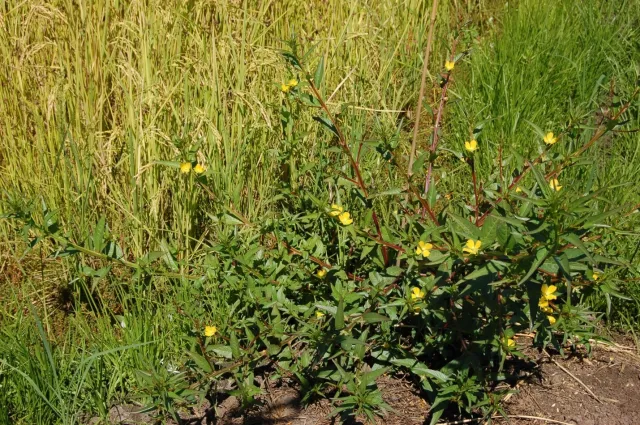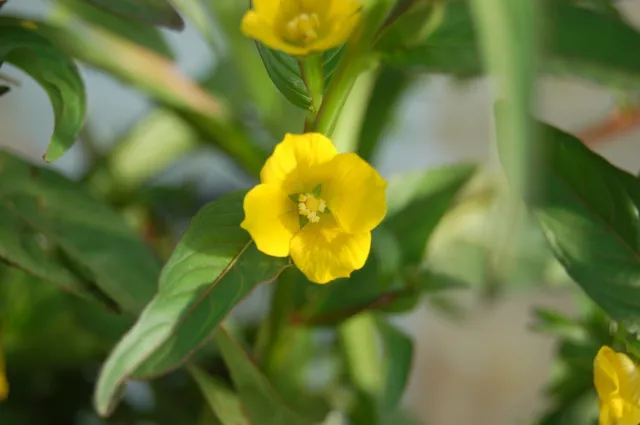Weedy Red Rice
Weedy red rice was originally found in California in 2003, but growers were able to eradicate it. It has been spotted again this year, in 15 fields in Butte and Glenn counties. Although it has not been found in Sutter, Yuba, Placer and Sacramento counties, we should be monitoring for it in our fields. If the infestations are spotted early, they are easy to manage.
It may be difficult to spot in the field before heading, as it is the same species of rice as our California varieties. The easiest way to tell it apart from our rice is to look at the size of the plant. It should be bigger than normal rice plants and may look somewhat similar to watergrass, as it often has many tillers.
Weedy red rice will have some defining characteristics that can help you to distinguish it from watergrass and your rice variety:
- Leaves of red rice are pubescent (hairy on the underside), whereas all of our medium grain varieties are not pubescent
- Watergrass has no ligule but red rice has a ligule:

- Red rice often has long awns in comparison to normal rice varieties:

- Red rice has a reddish color when milled:

If you suspect you may have weedy red rice in your field, please call Whitney Brim-DeForest at the UCCE Sutter-Yuba Office (530-822-7515) or Luis Espino at the UCCE Butte Office (530-538-7201). This weed is of great economic and agronomic importance to California rice growers, and we need to contain it as quickly as possible. |
Winged Primrose Willow
The winged primrose willow (WPW) was recently upgraded to a Category A pest by the California Department of Food and Agriculture (CDFA) this year, meaning that it is subject to enforcement action if found in a field. Its presence in a seed field also disqualifies that field from seed production.
Be on the lookout for WPW, especially as you begin to prepare for harvest. If it germinated early in the season, it will start flowering in July or August, so the big, yellow flowers should be easy to spot if you have it in your field. It tends to grow in drained areas, or along field margins (levees, irrigation ditches, etc.) At this point in time, it has only been located in Butte County. However, the seed pods, roots, and stems can float, so until it is eradicated, there is a chance that it could end up in other areas. It propagates by seed, but parts of stems or roots can re-grow into plants.
The only means of dealing with it when it is large is by pulling it out and disposing of it. Herbicide applications are effective when the weed is small. If it is found in a field in Sutter, Yuba, Placer or Sacramento counties, please contact Whitney Brim-DeForest (UCCE Farm Advisor) or the county Ag Commissioner for instructions on how to properly spray or dispose of the plants, to ensure that the seeds or plant parts are not spread.
All photos by Luis Espino and Larry Strand, UCCE



